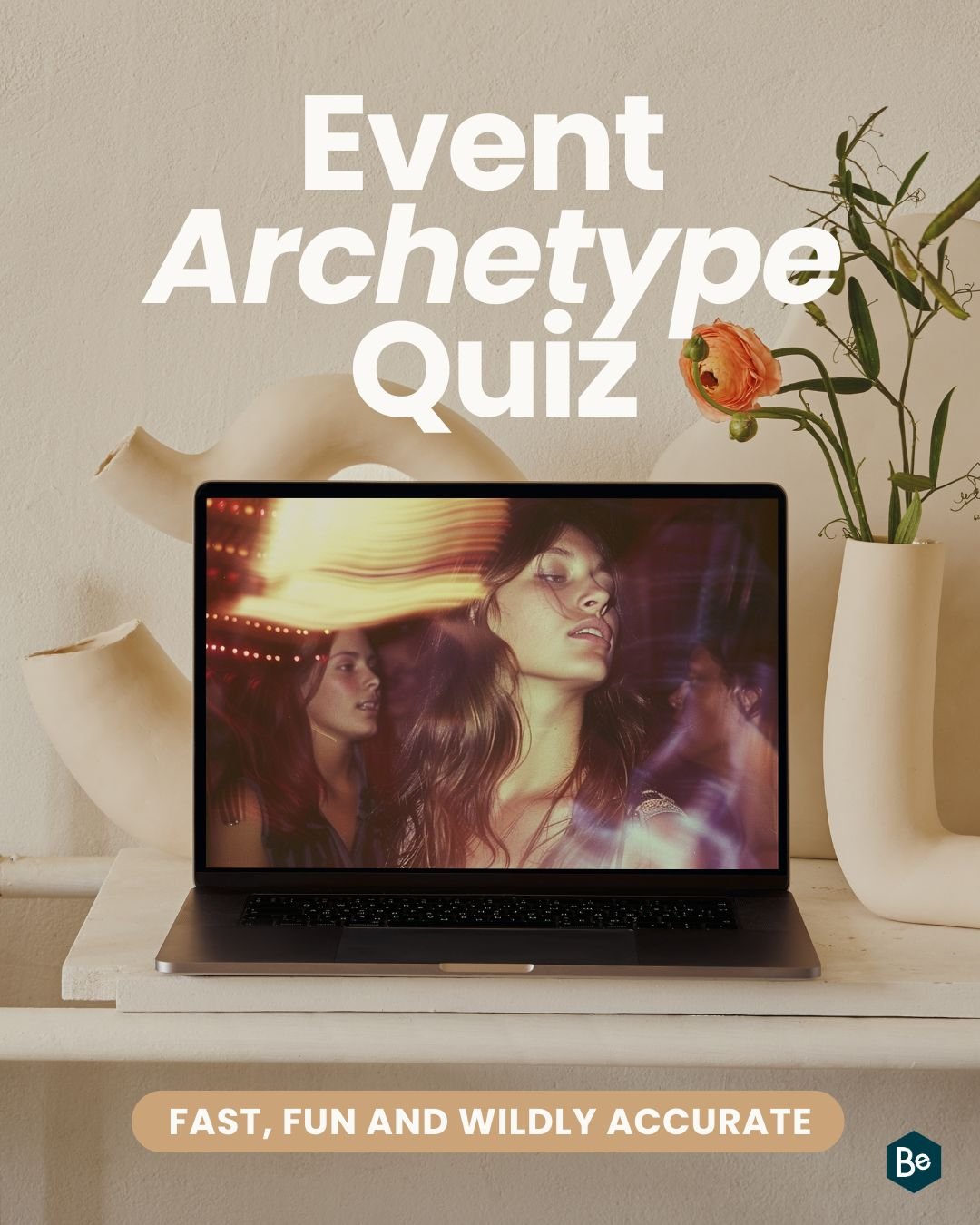Last year I had the opportunity to facilitate a panel discussion on event accessibility and attendee belonging at Event Tech Live. After reflecting on the experience, here were some of my key takeaways:
1. Current State of Accessibility
Mediocre, at best. Despite the 2020 technology boom that thrust virtual experiences forward and made them functional, the assumption of “abled” attendees remains. Whether we’re talking closed captioning that couldn’t translate, a lack of languages other than English, or a total lack of options for visually impaired individuals, there is definite room to grow when it comes to making experiences accessible to all.
2. Accessibility Cannot be an Afterthought
Pre-COVID, accessibility was a question asked on the registration form and accommodation was determined by budget and impact. But our ability to understanding impact is questionable. Often, when one person asked for assistance, planners and producers weighed the price tag against the 5,000 attendees who didn’t. We asked: Can we really afford to spend this much money to help one person? That can’t be our question moving forward. What we never considered were the 50 people who opted out of our event because it was not accessible. And the 500 people who may have been helped by the accommodation but were not going to request assistance.
Virtual events have magnified this need tremendously. The available pool of attendees for virtual events is exponential. And the potential need for assistance to make the content or experience accessible for all is much greater. We must move the question of access off the logistics check list and instead start the conversation in our strategy and design of the experience. There is a big opportunity for clients to require a better suite of accessibility features from their technologies and partners. Events that are accessible will drive attendee revenue. Attendees drive sponsor revenue. This makes business sense and platforms who don’t adapt will be out of consideration.
3. A Sense of Belonging
People who need support to be able to access our events are looking for the exact same thing the rest of us are: a seamless experience where they feel like they belong. Fostering belonging as part of a community or a conversation is something events are REALLY good at. But if you cannot participate equally, it’s hard to feel like you belong. And if the responsibility is on the participant to demand support, then we are shining a spotlight on their difference rather than embracing them as an equal. Especially as we go back to live, in venues which – depending on jurisdiction – have regulations that require the accommodation of physical disabilities, the opportunity to standardize accessibility for more “hidden” disabilities is one I hope the meetings and events industry will prioritize.
As an experience designer, I believe strongly that the audience is the most important asset of any event. It is their experience which matters most. And, until we consider the experience of each individual we’re not doing our job and we’re not holding true to that value.
My hope is a future where accessibility is the expectation, not the exception.




